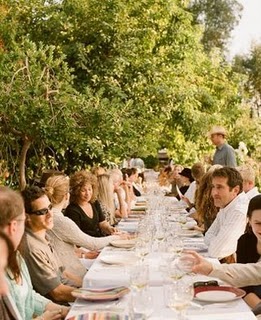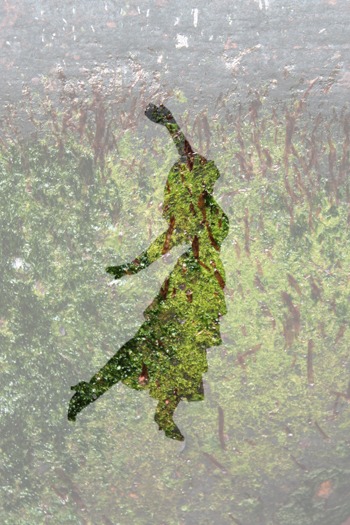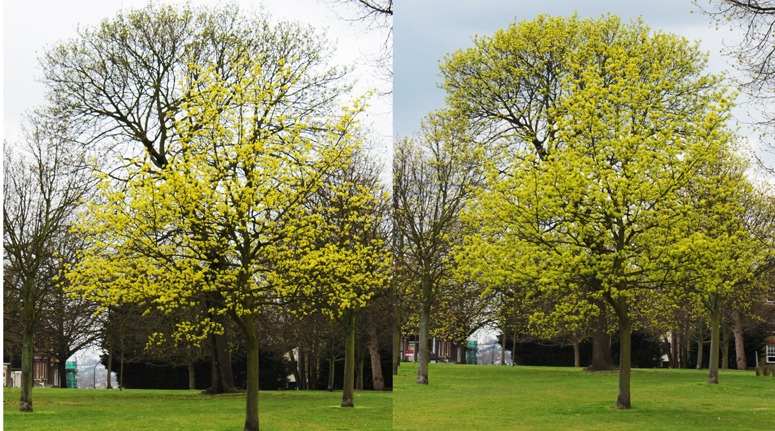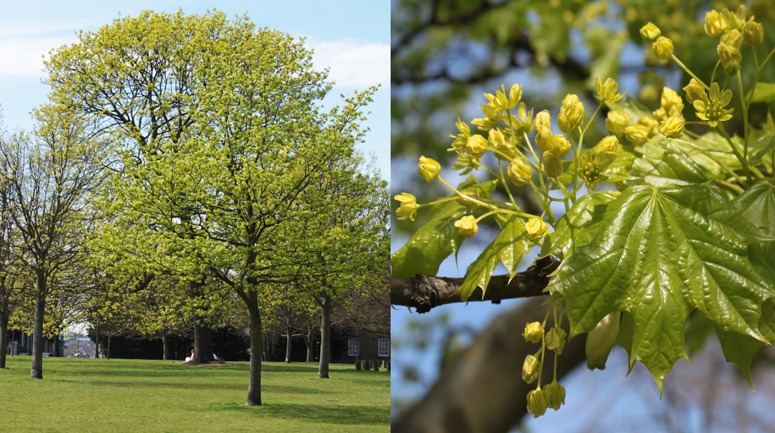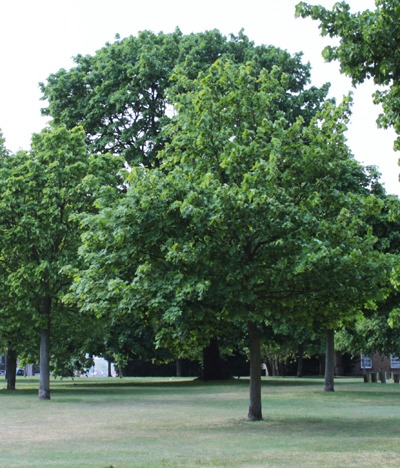
Charles II planted avenues of sweet chestnut in Greenwich Park in 1660 - and they continue to yield a good crop of delicious nuts
The yield from a mature woodland of Castanea sativa is similar to the yield of rice from a paddy field, both nutritionally and in terms of harvested weight:
- Chestunt yields range from 1-5 tonnes per hectare (this figure could be raised by careful management).
- A good individual chestnut tree may yield more than 25 kg per year.
- Rice yields, in the Phillipines, were raised from 1.16 tons per hectare in 1960 (according to the United Nations Food and Agriculture Organization) to 3.59 tons per hectare in 2009. The yield from organic rice is about one third the yield for intensively farmed rice.
- Chestnut timber is highly valued and is said to be more durable that oak when used outdoors.
- The land beneath and around the chestnut trees in Greenwich Park was used for grazing deer, which provided organic meat.
- When growing chestnuts, you do not need to spend half your life bent double in muddy water being eaten alive by insects which enjoy the hot steamy conditions more than you do
- Harvesting chestnuts provides healthy autumn exercise for urban populations
So here is my call to the world’s landscape architects: plant parks and road verges with Castanea sativa, the Sweet, Beautiful and Nutricious Chestnut Tree! You can make a substantial contribution to (1) world food supply (2) world biodiversity (3) combating global warming (4) nutrition, exercise and health. The health benefits of chestnuts are as follows:
- Chestnuts, unlike other nuts and seeds, are relatively low in calories; contain less fat but are rich in minerals, vitamins and phyto-nutrients that benefit health.
- Nutritionally, chestnuts are similar to other starchy foods such as sweet potato, sweet corn, potatoes etc, consisting of mainly starch. However, they also contain high quality proteins.
- Chestnuts are good source of dietary fiber; they provide 8.1 g (about 21% of RDI) per 100 g. Fiber diet helps lower blood cholesterol levels by remove excess cholesterol absorbing in the intestines.
- Chestnuts stand out from other nuts and seeds because of their nutrition contents. They are exceptionally rich in vitamin-C. 100 g nuts provide 43 mg of vitamin C (72 % of DRI). Vitamin C is essential for the formation of matrix in teeth, bones and blood vessels. Being a strong anti-oxidant, it offers protection from harmful free radicals.
- Chestnuts are the one of the nuts rich in folates. 100 g nuts provide 62 mg of folates (or 15.5%). Folic acid is required for the formation of red blood cells, DNA synthesis. Adequate consumption of food rich in folates during peri-conception period helps prevent neural tube defects in the fetus.
- Chestnuts are a rich source of mono-unsaturated fatty like oleic acid (18:1) and palmitoleic acids (16:1). Studies suggest that monounsaturated fats in the diet help lower total as well as LDL (bad cholesterol) and increase HDL (good cholesterol) levels in the blood. Mediterranean diet which is rich in dietary fiber, monounsaturated fatty acids, omega fatty acids and antioxidants help prevent coronary artery disease and strokes by favoring healthy blood lipid profile.
- Chestnuts are an excellent source of minerals such as iron, calcium, potassium, magnesium, manganese, phosphorus and zinc. Provide very good amount of potassium (518 mcg / 100 g). Potassium helps counter hypertensive action of sodium, lowers heart rate and blood pressure. Iron helps prevent microcytic-anemia. Magnesium and phosphorus are important components of bone metabolism.
- Chestnuts are also rich in many important B-complex groups of vitamins. 100 g of nuts provide 11% of niacin, 29% of pyridoxine (vit.B-6), 100% of thiamin, and 12% of riboflavin.
- Chestnuts, like hazelnuts and almonds, are free in gluten and therefore popular ingredient in the preparation of gluten free food formulas for gluten-sensitive, wheat allergy and celiac disease persons.
- The Chinese Chestnut (Castanea mollissima) is particularly rich in vitamin A. It provides 202 IU per 100 g.
Price comparison: organic rice and organic chestnuts:
- Organic Chestnuts sell on Amazon for more than £30/kg
- Organic Rice sells for less than £5/kg
AND DON’T FORGET: Chestnuts are delicious.

